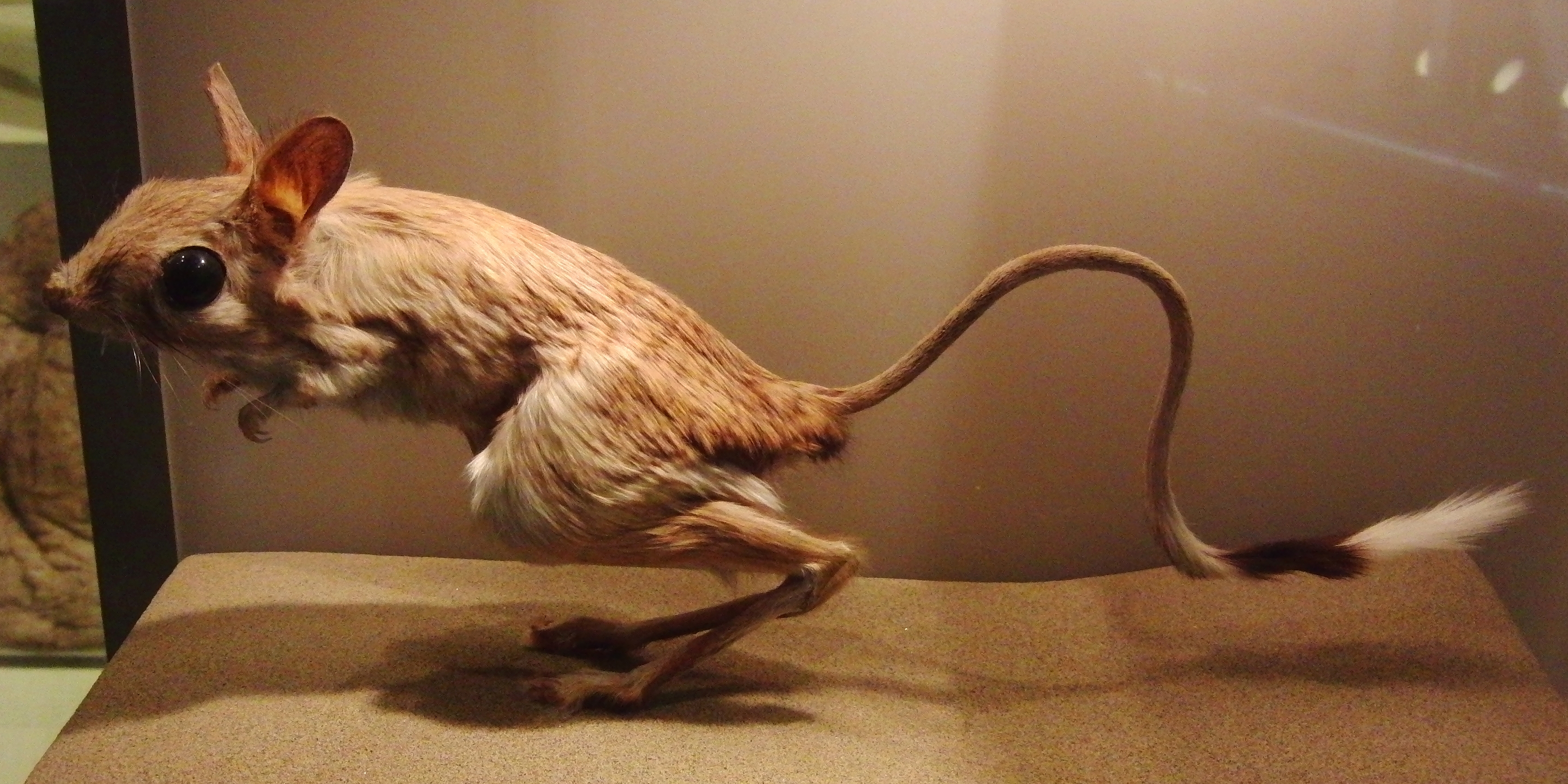Jaculus Orientalis on:
[Wikipedia]
[Google]
[Amazon]
The greater Egyptian jerboa (''Jaculus orientalis'') is a species of rodent in the family Dipodidae. It is found in Algeria, Egypt, Libya, Morocco, Saudi Arabia, Tunisia, and is possibly extinct in the
 The greater Egyptian jerboa is a sociable species. The burrows are dug in firm ground and may be up to long. It shelters inside during the day, emerging at dusk or at night to forage for seeds, shoots and roots. Food is sometimes stored in chambers in the burrow. This jerboa probably does not need to drink as it gets enough moisture from its food. It has been observed sheltering under, and eating desert truffles (''
The greater Egyptian jerboa is a sociable species. The burrows are dug in firm ground and may be up to long. It shelters inside during the day, emerging at dusk or at night to forage for seeds, shoots and roots. Food is sometimes stored in chambers in the burrow. This jerboa probably does not need to drink as it gets enough moisture from its food. It has been observed sheltering under, and eating desert truffles (''
Negev Desert
The Negev or Negeb (; he, הַנֶּגֶב, hanNegév; ar, ٱلنَّقَب, an-Naqab) is a desert and semidesert region of southern Israel. The region's largest city and administrative capital is Beersheba (pop. ), in the north. At its southe ...
of Israel. Its natural habitats are subtropical
The subtropical zones or subtropics are geographical zone, geographical and Köppen climate classification, climate zones to the Northern Hemisphere, north and Southern Hemisphere, south of the tropics. Geographically part of the Geographical z ...
or tropical dry shrubland
Shrubland, scrubland, scrub, brush, or bush is a plant community characterized by vegetation dominated by shrubs, often also including grasses, herbs, and geophytes. Shrubland may either occur naturally or be the result of human activity. It m ...
, sandy shores, and arable land.
Description
An adult greater Egyptian jerboa has a head-and-body length of about and a tail of . The upper parts are yellowish-brown or sandy-brown and the underparts are white. The hind legs are very large and are about four times longer than the forelimbs. The feet have hairy pads which improves locomotion on sand. The tail is nearly naked but ends in a large tuft of hair which is black at the base and white at the tip. The tail is used as a prop to stabilise the animal when it stands and moves on its hind legs.Distribution and habitat
On the African continent, the greater Egyptian jerboa is found in Morocco, Algeria, Tunisia, Libya and Egypt. It is also present in the Judaean Desert in Israel, theNegev Desert
The Negev or Negeb (; he, הַנֶּגֶב, hanNegév; ar, ٱلنَّقَب, an-Naqab) is a desert and semidesert region of southern Israel. The region's largest city and administrative capital is Beersheba (pop. ), in the north. At its southe ...
(possibly extinct by 2016) and on the Sinai Peninsula. It occupies a wide range of habitat types including deserts and semi-deserts, sand dunes near the coast, marshes, pasture, and arable land.
Behaviour
 The greater Egyptian jerboa is a sociable species. The burrows are dug in firm ground and may be up to long. It shelters inside during the day, emerging at dusk or at night to forage for seeds, shoots and roots. Food is sometimes stored in chambers in the burrow. This jerboa probably does not need to drink as it gets enough moisture from its food. It has been observed sheltering under, and eating desert truffles (''
The greater Egyptian jerboa is a sociable species. The burrows are dug in firm ground and may be up to long. It shelters inside during the day, emerging at dusk or at night to forage for seeds, shoots and roots. Food is sometimes stored in chambers in the burrow. This jerboa probably does not need to drink as it gets enough moisture from its food. It has been observed sheltering under, and eating desert truffles (''Terfezia
''Terfezia'' (Berber: Tirfas) is a genus of truffle-like fungi within the Pezizaceae family. ''Terfezia'' species are commonly known as desert truffles. Some authorities consider this the type genus of the family Terfeziaceae, although phylog ...
'' species).
Breeding usually takes place between November and July. The nesting chamber may have some animal fur as bedding. The gestation period is about forty days and the litter size ranges from two to five. There is a single litter in the year and a long developmental period before the young are weaned. When first born, the young have hind legs the same length as their forelegs and as they begin to move around, do so by dragging themselves with their forelimbs. The hind legs gradually lengthen and by four weeks, quadrupedal locomotion starts. Bipedal locomotion starts about seven weeks after birth.
Status
The greater Egyptian jerboa has a wide range and is common in much of that range. It is a nocturnal species and seems to have no major threats. The population is stable and the International Union for Conservation of Nature has assessed its conservation status as being of " least concern".References
*Holden, M. E. and G. G. Musser. 2005. Family Dipodidae. Pp. 871–893 ''in'' Mammal Species of the World a Taxonomic and Geographic Reference. D. E. Wilson and D. M. Reeder eds. Johns Hopkins University Press, Baltimore.External links
{{DEFAULTSORT:Greater Egyptian jerboa Jaculus (rodent) Rodents of North Africa Mammals of Western Asia Fauna of the Sahara Mammals of the Middle East Mammals described in 1777 Taxonomy articles created by Polbot